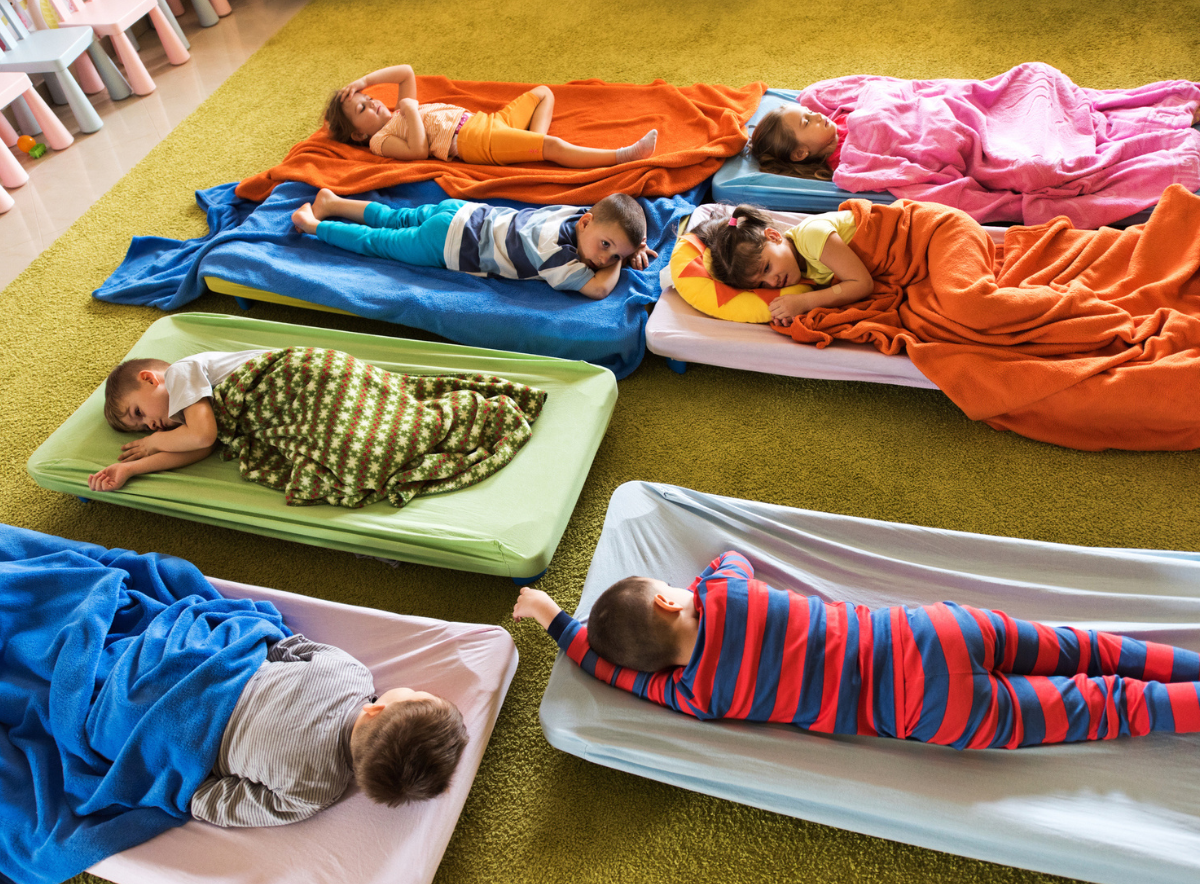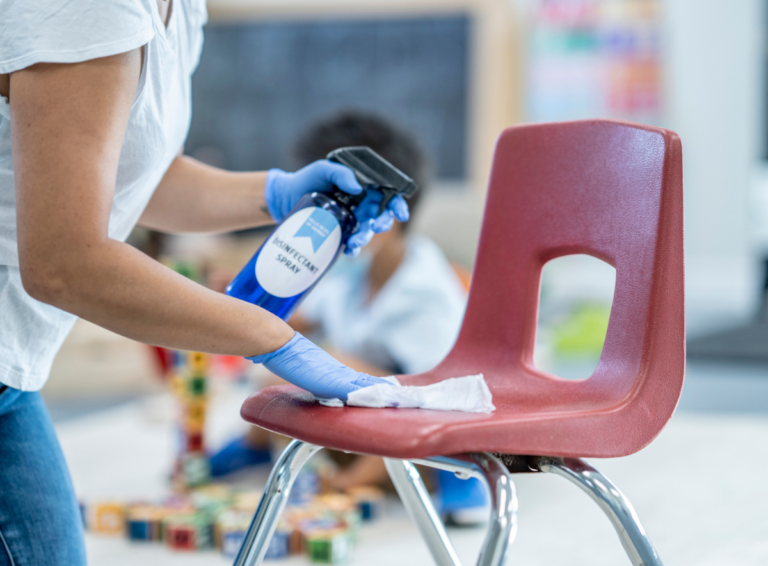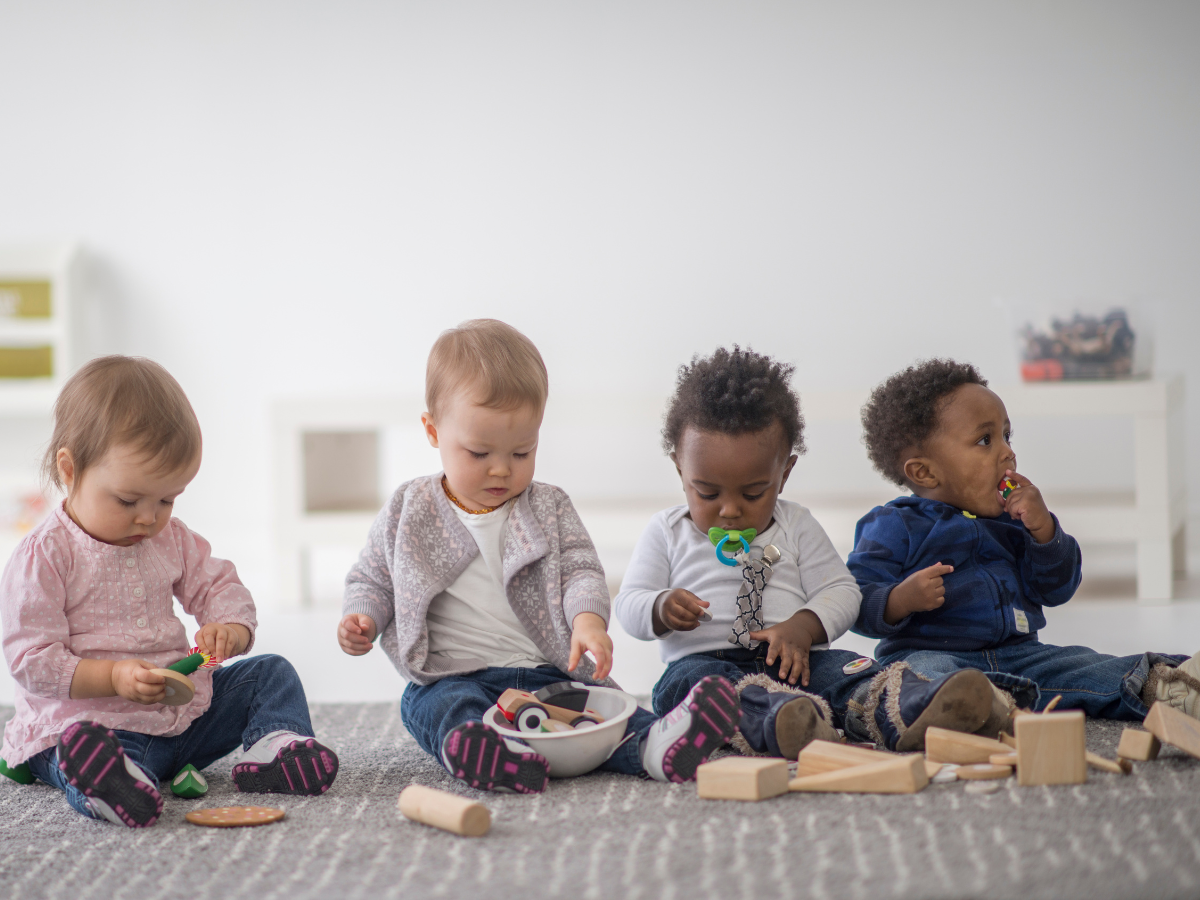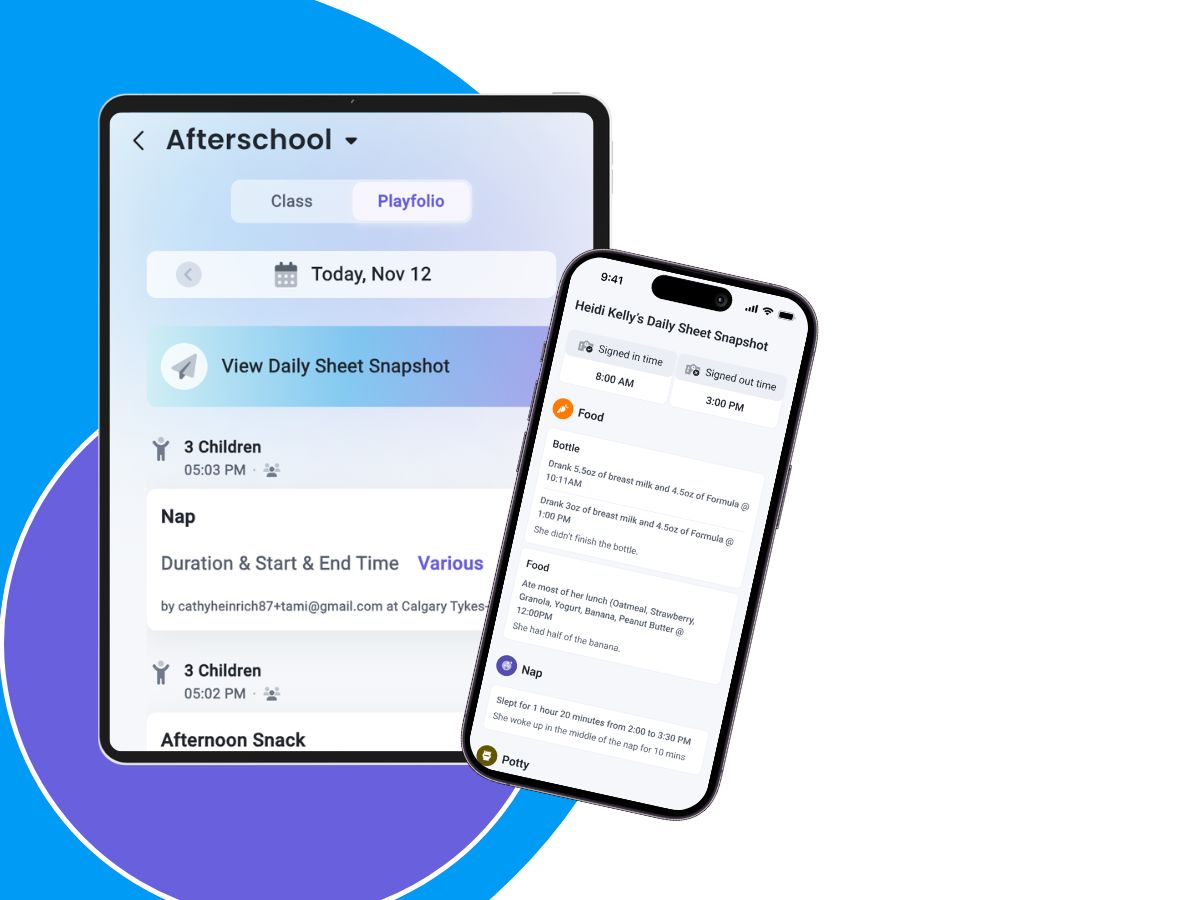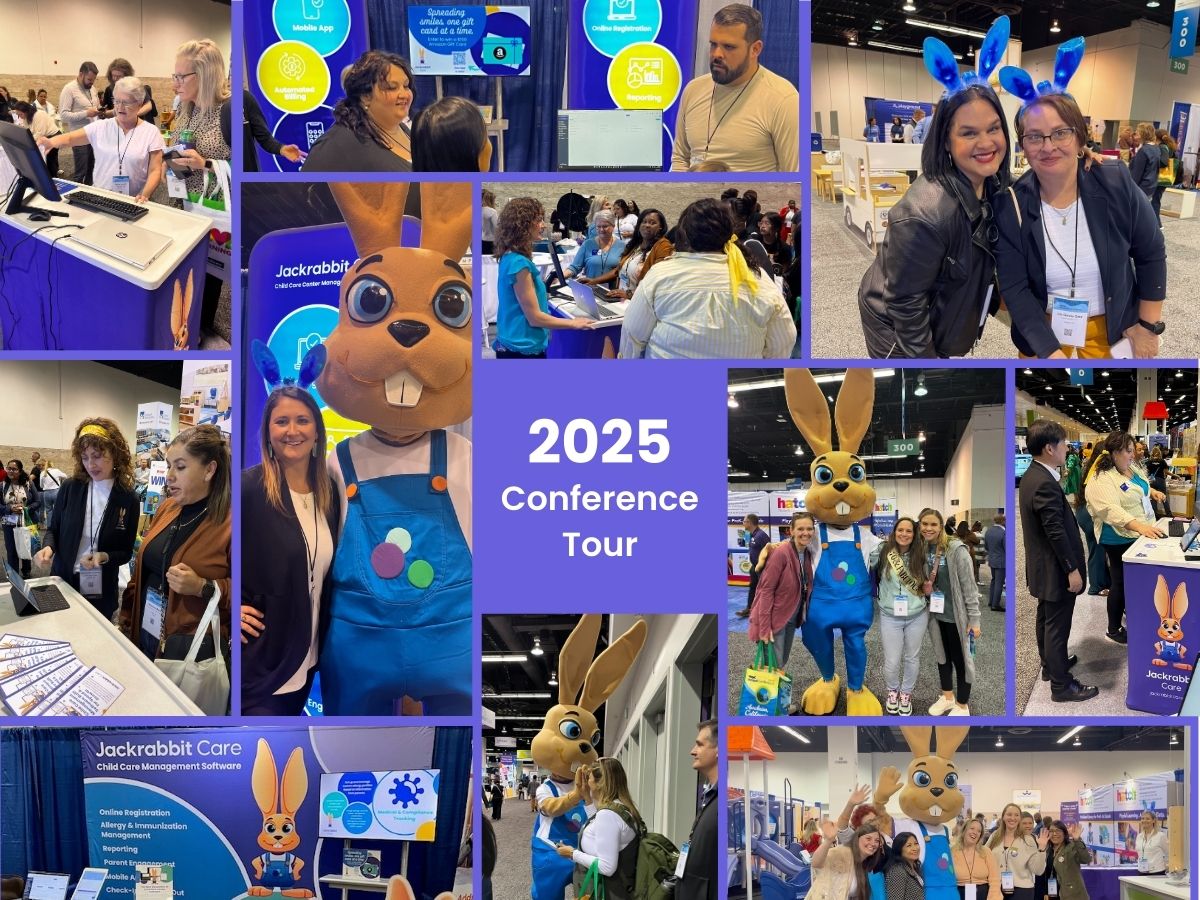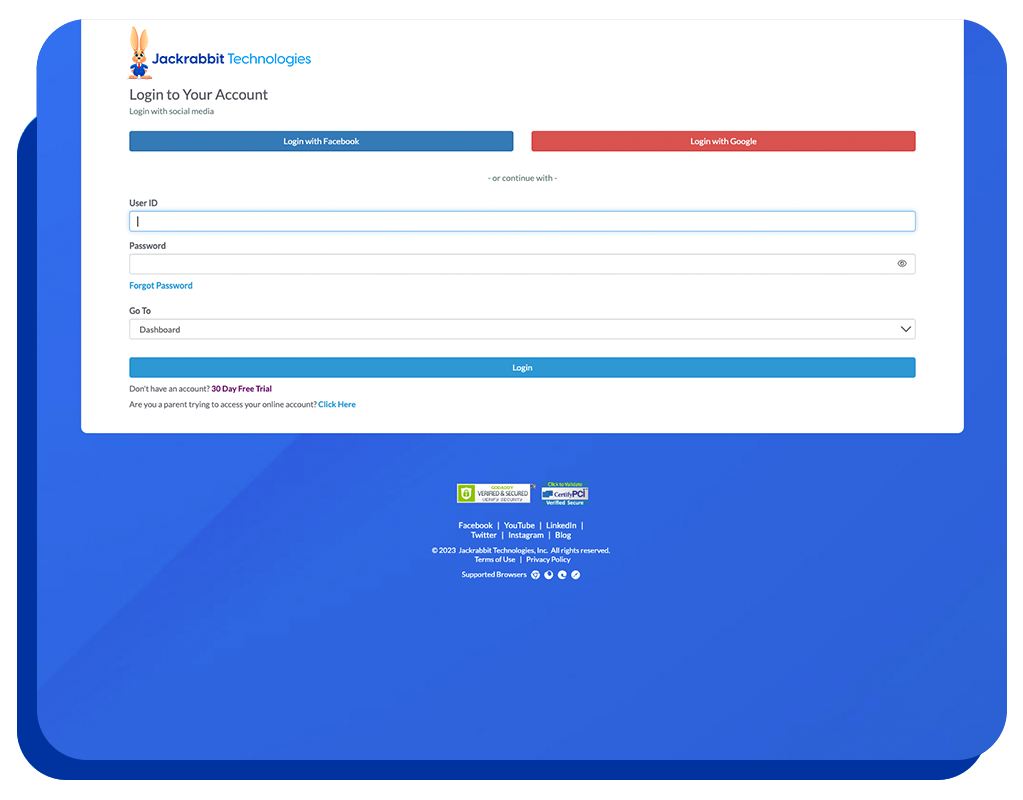Rest time doesn’t have to be chaotic time.
Most full time child care programs that include children under five years old schedule a supervised nap or rest time* as an important component in their day. Rest time gives children a midday chance to physically rest and emotionally unwind, and it also helps children to stay healthy and alert during the afternoon.
How can you make sure that these times are free from chaos and truly offer children an opportunity to rest?
- Meet each child’s individual needs for sleep.
- Set up a good daily schedule with plenty of physical activity.
- Make a smooth transition to rest time.
- Plan where rest time will take place.
- Create a calm mood for sleeping and quiet play.
Things to consider when planning rest time at your child care center.
You cannot expect all children to sleep. Some children are not good sleepers, or they may find it difficult remaining quiet and still for a long period of time. For those who are not napping, it is helpful to offer them quiet play activities. This could be puzzles and books offered at their mats or activities provided in a separate area. Call this period on your schedule “rest” or “quiet” to avoid resistance from children who don’t “take naps.” This more accurately defines what you expect of them during this time period.
You may also have children with sleep times that don’t coincide with the group. Establish a place that they can have their rest time yet also be easily supervised at the time that is comfortable for them.
Allow children (12 months or older) to have a comfort object from home (pillow/teddy bear). Even the outgoing and rambunctious children may need an item that anchors them to home as they are trying to calm down.
Physically separate children from each other who are likely to try to talk and play.
Once you’ve established where children will rest, try to keep this consistent. Returning to the same rest area each day will increase the children’s sense of calm and may help them drop off more quickly.
Rest time can be a big shift in activity level and mood for children. Plan calming routines or rituals before these times of transition begin such as reading a story, turning the lights down or listening to soft music. These routines can be signals that it is time for rest. Waking is also a major transition for children, and they may awaken disoriented or cranky. Allow them to wake slowly with your calm reassurances. Keeping the lights dim will help to make this transition take place smoothly.
Moving from the lunch table to rest time can also be a difficult transition. Since children finish eating at different times, the children who finish first should be given something to do while the others finish eating in order to avoid disruption. Toddlers can be asked to clear their place, wipe the table, and wash their faces and hands. Quiet activities like reading or puzzles eliminate racing away from the table, and these quiet activities help children to stay calm after the meal and to maintain the post-lunch lull.
Remember that children from different cultures may have different sleep habits or customs. Some sleep alone and some sleep with siblings or parents or both. The environment where they sleep in your center should be a place where they feel comfortable and safe. Making sure your children have enough sleep is just as important as ensuring that they have healthy food.
It may help to consider rest or quiet time as part of each child’s individual curriculum since each child has different needs and sleep requirements. At least make certain you can provide a quiet situation that is as restful to them as possible. This may require adapting your rooms to help children achieve this level of comfort.

Share the details of children’s rest time with families at drop off times so that they will understand what is taking place during their child’s day. This will also provide opportunity for you to learn about their home rest and sleep routines and rituals.
Many parents of children with sleep issues are amazed when their children rest well in their child care setting. Parents may come to you with questions, and you can be a source of reassurance. Here’s how:
- Acknowledge how hard it is to have a child who doesn’t sleep and how exhausting it is for everyone. Remind parents that sleep deprivation is hard for everyone.
- When parents ask about night time waking, explain that there is no one strategy that works for every family and steer them to community services available in your area.
- Help parents understand that it is important to be consistent in responding to night waking. When parents do the same thing every night, their children will have a better idea of what is expected.
- Ask about the family bed time routine and explain that many children manage better with a well-established bed time routine.
- Some children lose sleep if they are experiencing stress. Ask the parents to think about any changes in environment or family situation which could be causing their child anxiety.
- White noise helps some young children to drop off to sleep (vacuum cleaner, running CD of white noise, digital white noise sound machine).
Keep in mind the correlation of the amount and quality of rest a child gets to their behavior and comfort over the course of their day. Providing the best possible rest experience ensures that you have success in helping your center’s children become prepared to enter kindergarten and school.
*When planning this part of your center’s day, be sure to consult state or local regulations regarding naptime. There may be environmental, safety and supervision, or time guidelines follow.

